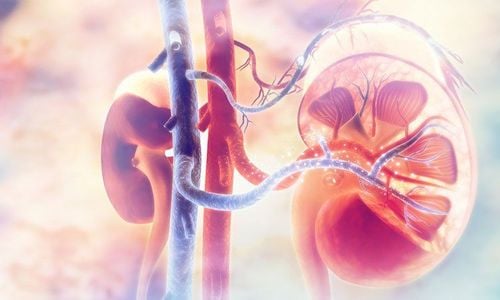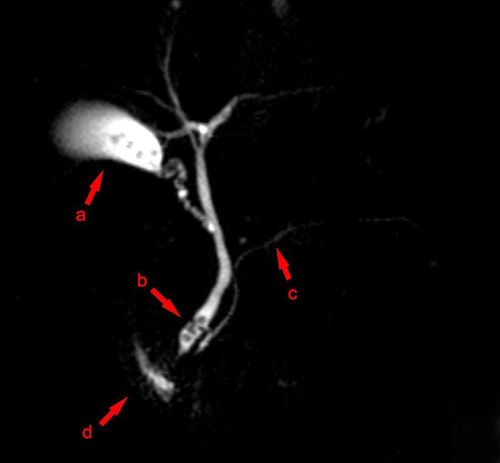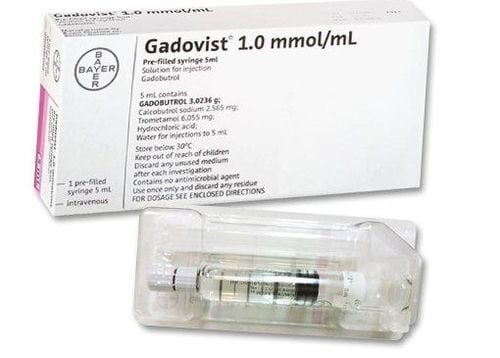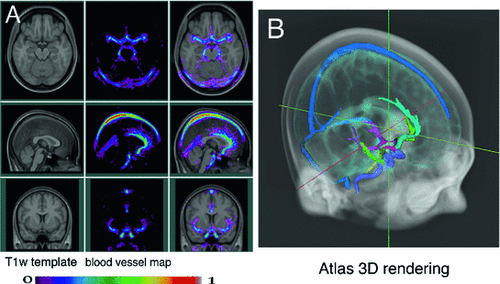This is an automatically translated article.
This article is expertly consulted by Master, Doctor Bui Ngoc Phuong Hoa - General Internal Medicine - Department of Medical Examination & Internal Medicine - Vinmec Danang International General Hospital.A subdural hematoma is a blood clot that forms in the subdural space. This is the space between the two layers of the meninges, the membrane that surrounds and protects the brain. There are cases of subdural hematoma that are potentially urgent, progress rapidly, or they can develop slowly and gradually over a long period of time.
1. What is a subdural hematoma?
The human brain and spinal cord are surrounded by protective membranes called meninges. In a subdural hematoma (also known as a subdural hemorrhage), blood or blood products accumulate between the two layers of the arachnoid and dura mater in the brain.Based on the time of symptom onset, people are classified into:
Acute subdural hematoma: When a hematoma forms rapidly after a head injury, symptoms may appear immediately or within a few hours. Subacute subdural hematoma: When symptoms appear 3-7 days after head trauma. Chronic subdural hematoma: When a hematoma slowly builds up following a head injury, symptoms may occur 2 to 3 weeks after the initial injury.
2. Signs and symptoms of the disease
Symptoms of a subdural hematoma depend on the severity of the injury and the size and location of the hematoma. Symptoms can begin immediately or a few weeks after the head injury. Some people seem fine at first (still sober) after an injury. However, then the pressure in the brain caused by the hematoma can begin to lead to symptoms such as:Loss of consciousness or change in level of alertness Vomiting Headache Dizziness Loss of orientation Slurred speech Loss memory Convulsions Personality changes Abnormal breathing Problems walking Weakness in one limb

Bulging fontanelles Difficulty eating Localized convulsions (affecting only certain areas of the body) Spasticity– whole body convulsions Increased head circumference Excessive sleep or coma Discomfort Persistent vomiting
3. Causes of subdural hematoma
A common cause of subdural hematoma is a severe head injury that tears a vein in the subdural space. The tear causes blood to flow into this space, forming a hematoma that compresses brain tissue. This condition is often referred to as an acute subdural hematoma.Subdural hematoma can also occur after a very minor head injury, especially in the elderly, because in the elderly, veins are often dilated, making them more susceptible to injury. This condition can go unnoticed for days to weeks and is called a chronic subdural hematoma.
Factors that increase the risk of subdural hematoma:
Patients taking anticoagulants (blood thinners, including aspirin) Long-term alcohol abuse Having conditions that make it difficult to clot Repeated head trauma Repeat Age: the disease occurs more often in young children and the elderly.
4. Diagnosis of subdural hematoma
Patients admitted to the hospital after a head injury are often given head imaging tests such as computed tomography (CT) scanning for subdural hematoma on CT or magnetic resonance imaging (MRI). These imaging tests can help your doctor detect the presence of a subdural hematoma. MRI is slightly superior to CT in detecting subdural hematomas, but CT is faster and more commonly available.In rare cases, an encephalogram (DSA) can be used to diagnose a subdural hematoma. In this technique, a catheter is inserted into an artery in the groin and threaded up to the arteries of the neck and brain. A special contrast agent is then injected to show the blood flow through the arteries and veins on the X-ray.

5. Treatment of subdural hematoma
Treatment depends on the clinical findings, symptoms, size, and location of the hematoma and whether the hematoma is acute or chronic.Patients may need immediate surgery to relieve pressure on the brain. The doctor may drill a hole in the skull to help remove the hematoma and relieve pressure. Hematomas that are too large or have solidified may need to be removed through a craniotomy.
The doctor may give the patient diuretics and corticosteroids to reduce swelling. Anticonvulsants, such as Phenytoin, may also be used to control or stop seizures.
People with chronic and stable subdural hematomas may simply need to be monitored until they really need treatment.
Recovery can be slow and up to 2 years. Children generally recover faster than adults.
Subdural hematoma is a serious illness and requires emergency treatment. CT scan may show subdural hematoma. The patient may need surgery to remove the hematoma. Many people with small amounts of subdural hematomas make a quick and complete recovery.
Vinmec International General Hospital is one of the hospitals that not only ensures high professional quality with a team of leading medical doctors, a system of modern technological equipment, but also stands out for its outstanding medical examination and treatment services. , comprehensive and professional medical consultation and treatment; civilized, polite, safe, effective and sterile medical examination and treatment space.
Master. Doctor Bui Ngoc Phuong Hoa has more than 24 years of experience in the field of neuropsychology. Doctor Hoa was formerly the Deputy Head of the Department of Neurology - Quang Ngai Provincial General Hospital and participated in many continuous training courses on Epilepsy, Cerebrovascular Accident, Alzheimer's, Movement Disorders, Geriatrics. Endocrine Pathology.
Please dial HOTLINE for more information or register for an appointment HERE. Download MyVinmec app to make appointments faster and to manage your bookings easily.














